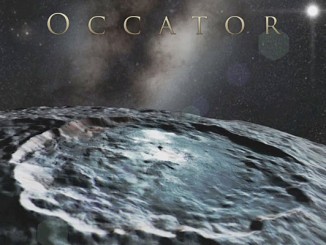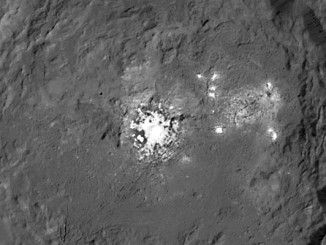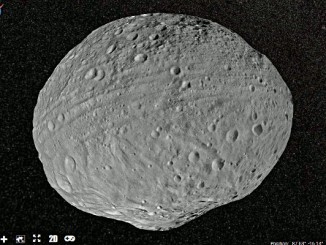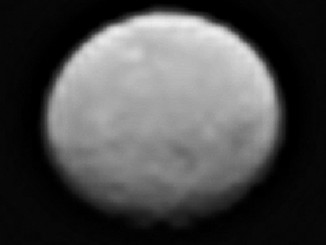
Take a colourful virtual flight over dwarf planet Ceres
A new animation showing a simulated flight over the surface of dwarf planet Ceres using images from NASA’s Dawn spacecraft in its high-altitude mapping orbit has been produced by members of Dawn’s framing camera team at the German Aerospace Center, DLR. The movie emphasises the most prominent craters, such as Occator, and the tall, conical mountain Ahuna Mons.









